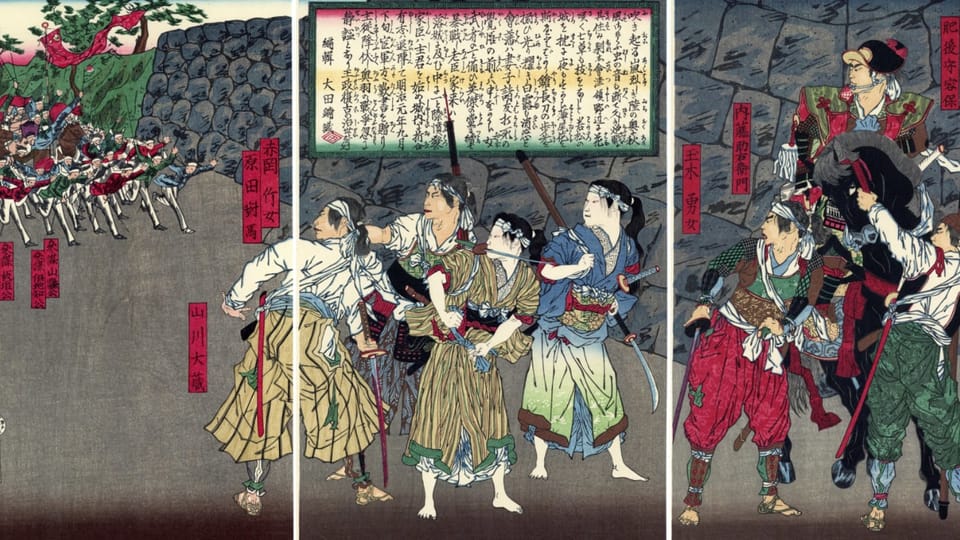The Untold Story of Japan’s Female Samurai Who Refused to Stay in Their Place

The Untold Story of Japan’s Female Samurai Who Refused to Stay in Their Place
When I say “samurai,” what pops into your head? Probably a stoic dude, right? Sharp sword. Even sharper sense of honor. The kind of guy who’d cut you down, flick the blood off his blade, and not say a goddamn word. And hey, I’m not blaming you. That mental postcard’s been stamped in our heads by history, Hollywood, and Japan’s patriarchal playbook.
See, Japan back then? Rigid. Strictly patriarchal. Confucian ideals ruled the roost, men on top, women boxed in. Wives. Mothers. Support systems. That’s the role they got handed. But you and I know some people don’t stick to the script. Enter: the onna-bugeisha. Yeah, say it with me, ON-NA-BU-GEI-SHA, female samurai. Real-deal warriors who fought right alongside the men in Feudal Japan (1185-1603). And if you’re scratching your head wondering why you haven’t heard much about these ladies, here’s the kicker: history’s written by dudes. And dudes tend to focus on other dudes.
But oh, these women, these women were something else. Sharp blades, sharper grit, and a whole lotta fire. The naginata, that’s the weapon of choice. A long polearm with a curved blade was perfect for keeping opponents at bay, leveling the playing field against dudes who had the raw muscle advantage. Smart, right? But don’t think these women were one-trick ponies. They trained in tantojutsu, mastering the art of dagger combat, often wielding the kaiken, a knife made for up-close-and-personal work. These ladies were dangerous in range and downright lethal up close.
And if you’re looking for icons, let’s start with Tomoe Gozen. She wasn’t just a samurai, she was a legend. Genpei War. Heike Monogatari. Tomoe didn’t just show up; she tore through the battlefield, bagging seven mounted warriors’ heads in a single fight. Let that sink in. SEVEN. Heads. Collected. I don’t care what century you’re in, that’s bad ass right there.
And speaking of legends, let’s fast-forward to Nakano Takeko. Boshin War. Mid-19th century. Last stand. She’s out there, fighting like hell, refusing to quit. You think her story ends with a glorious victory? Nah. Takeko’s life ended in tragedy, a gunshot on the battlefield, but her name’s etched in history as one of Japan’s last great female warriors.
But here’s the thing, after the 1600s, the onna-bugeisha? They faded. Why? Tokugawa shogunate, baby. Japan unifies, Confucian ideals slam the door on female warriors, and samurai families hit the skids economically. Training women? Equipping them? That’s a luxury they couldn’t afford. So the female samurai became ghosts, forgotten echoes of a blood-soaked past.
But here’s the twist. They’re not forgotten anymore. You want to see those ghosts come back to life? Go pick up Stephen Turnbull’s Samurai Women 1184–1877. This book pulls back the curtain, digging into the untold stories of Empress Jingū, Tomoe Gozen, Nakano Takeko, and all the women who stepped into war when society told them to stay in their place. Weapons. Training. Beliefs. You get it all, translated and brought to life. My review of Samurai Women 1184–1877 can be found here.
Because the victors may write history, but the stories of these warrior women? They’re just waiting to be heard.
